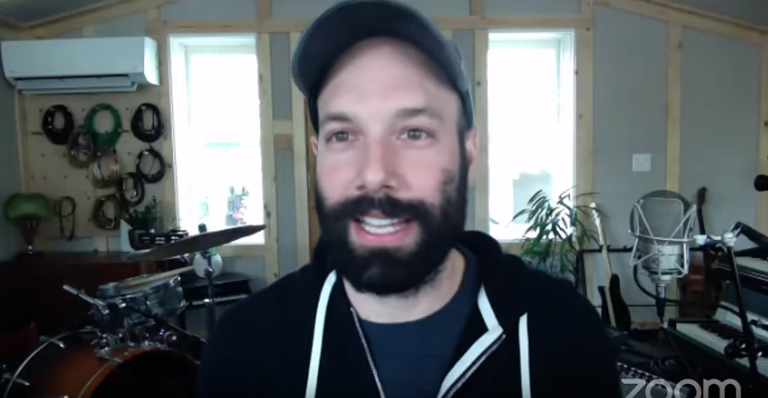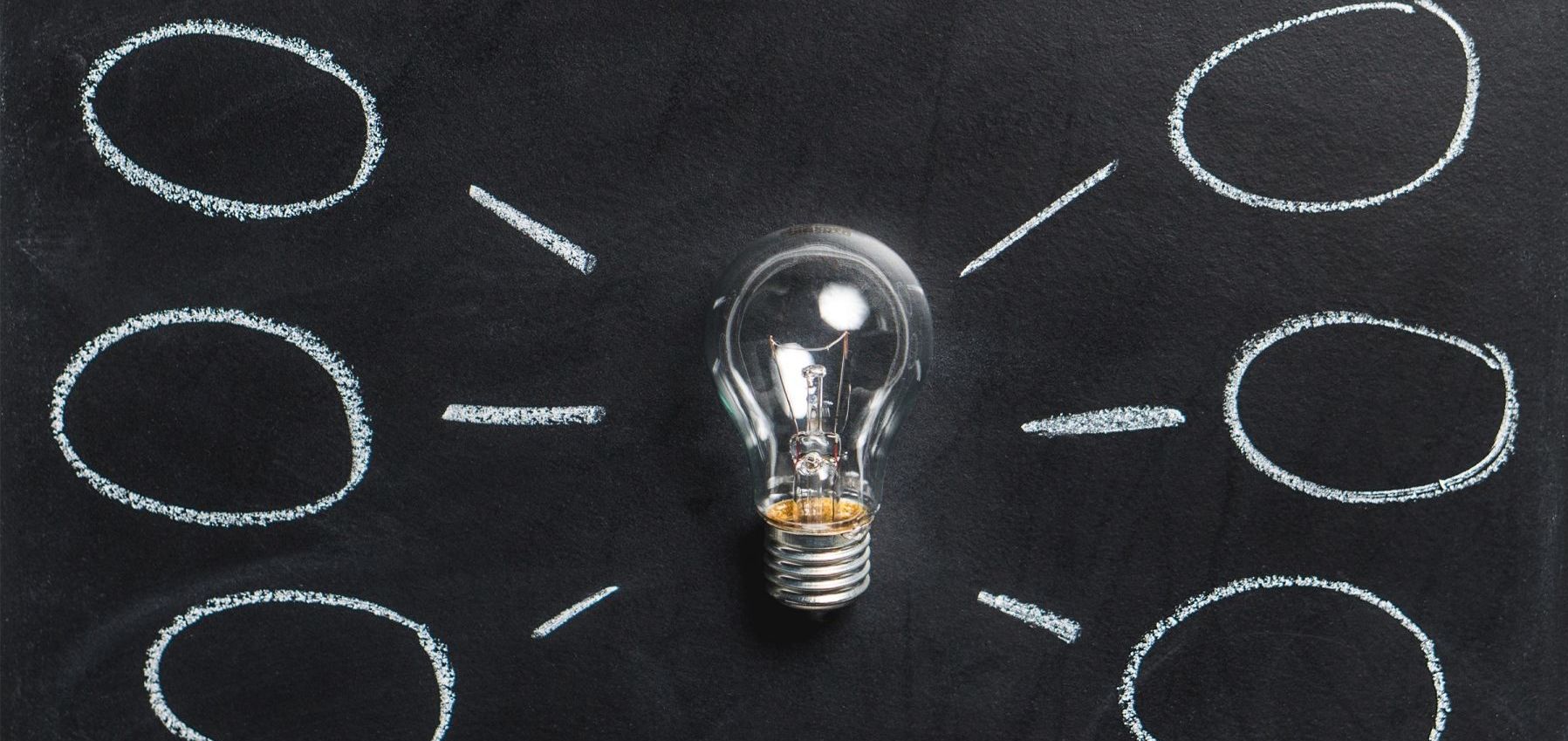How to produce effective formats in “times of war”
How can effective formats be developed during a period of confinement? Although the events sector has been hit hard – let's not forget the numerous major events that have been cancelled or postponed, including China Connect, E-Marketing Paris 2020, Big Data Paris, the Mobile World Congress in Barcelona and Facebook's Global Marketing Summit in San Francisco – other communication channels exist and are strengthening their positions with the means at their disposal. Story Jungle has compiled a list of much coveted formats and tools for the Coronavirus era.
This may be true, but during this generalised period of confinement the question is: what formats to develop? Story Jungle reviews simple and effective solutions that can be produced from your own living room.
Zooming in on the live stream
Participative live streaming is a popular option right now, thanks to video conferencing tools like Zoom. After the cancellation of the huge music and culture festival South by Southwest, set to take place in Austin, Texas, Jack Conte, co-founder of the crowdfunding website Patreon, rolled out a 3 hour 20 minute long live stream via Zoom, aimed at raising money for artists whose world tours have been affected by the Coronavirus. This "Weird Stream-a-thon" was able to bring the fans and the artists who were meant to perform at the festival together.
Story Jungle would also like to remind you that Zoom has added a "tidy your room" virtual background option. This enables you to automatically change your background, thus giving your room a Marie Kondo-esque makeover.
For their part, LinkedIn Editors have also programmed live streams from home, covering different themes such as: "How are business leaders dealing with the Coronavirus crisis?#BusinessUnusual". Creating an open dialogue – from some very tidy living rooms – to maintain a link with their communities. It's worth recalling that since January LinkedIn's live streams have been and remain open to all companies requesting access to them.
In similar fashion, the startup Respire, which has been making waves recently, has launched a series of daily live streams via its Instagram account, covering topics such as how to become an entrepreneur while also offering fitness sessions led by an instructor and cooking classes.
Webinars
A derivative of streaming, webinars ( from 'web' and 'seminars') are online conferences that serve an educational purpose. In short, it's a streaming option focused on a PowerPoint presentation in which you don't necessarily see the speakers on the screen.Many content producers are flocking to this format, which is very practical in times of confinement. On Friday evening, Mark Gaisford, co-founder of RedSprout, organised a webinar that brought together 300 internet users around the following theme: "What are alternative ways of developing your business?" Indeed...
FaceCam Videos on LinkedIn
 Easy to produce, FaceCam videos (from home) are flourishing on the professional network . Take the comedian and public speaker Cyrille de Lasteyrie, for example, who produces short personal stories on a daily basis. One of his themes is the "freebie economy" during the Coronavirus outbreak: "So here we are, everyone is handing out freebies: films, webinars, software, online courses. Right when they need cash the most, people are deciding to give things away for free!". We can also mention several top executives and business leaders such as Jim Recker, Director for Sales Engineering at Highfive, who filmed himself from his home in a short video dedicated to giving tips on "preparing yourself for virtual collaboration and meetings from home".
Easy to produce, FaceCam videos (from home) are flourishing on the professional network . Take the comedian and public speaker Cyrille de Lasteyrie, for example, who produces short personal stories on a daily basis. One of his themes is the "freebie economy" during the Coronavirus outbreak: "So here we are, everyone is handing out freebies: films, webinars, software, online courses. Right when they need cash the most, people are deciding to give things away for free!". We can also mention several top executives and business leaders such as Jim Recker, Director for Sales Engineering at Highfive, who filmed himself from his home in a short video dedicated to giving tips on "preparing yourself for virtual collaboration and meetings from home".For an option boasting more production value, we can also cite Konbini's excellent "Make Home Great Again" format.
Self-made podcasts/radio shows
On Tuesday 17 March, Matthieu Belliard, presenter of the morning show for the radio station Europe 1, broadcasted a live show directly from his garage. Now THAT is total confinement! Three hours of live broadcasting, from 6am to 9am, without a single technical glitch. "I am really proud of the technical achievement and the extremely rapid mobilisation of the means at our disposal, as well as our ability to adapt" he stated. "We set up a mini studio in my garage just next to my house. There was already a line set up enabling me to broadcast from home. For the show, we doubled the amount of equipment by using a digital box to enhance connection quality because I had to be able to communicate with the control room. My garage wasn't conceived as a studio for a morning radio show so there was quite a lot of mess around the place! But ultimately it brought back the very essence of radio: just a microphone and a table, but with the addition of today's technology which guarantees sound quality close to that of a studio." Indeed, this new studio received the plaudits of listeners who were impressed by the ingenuity behind its creation.
On LinkedIn there is also a multitude of live video podcasts recorded straight from the bedroom. All you have to do is tap "podcast" into your search engine and the evidence is there to see. One example is the entrepreneur Marcus Chan in his dialogues with the podcaster Scott MacKenzie on the best visibility strategies, with both men in completely separate places.
Pulses (or LinkedIn opinion columns)
Now is of course an ideal moment to leverage your influence on LinkedIn. You can therefore produce your own opinion pieces (or get them produced), like, randomly this one. Oh, and don't forget to "wage war on the boring" while you're doing it. People are almost certainly present on social media in mass right now, so to be effective be provocative!
All formats excluding filming
Of course, all formats that do not require filming remain interesting to produce: articles, surveys, nanographics and animated nanographics: the list is long! And of course, newsletters too, like the newest addition to the publication Society: A confinement special edition newsletter. In it ,we find more light-hearted segments aimed at putting a smile on our faces: the fact that water is much less polluted in Venice, or dolphins swimming in the port of Sardinia, or ducks going for a walk (or waddle) in the streets of Paris, as well as must-hear playlists and interviews with celebrities confined to their large country houses.With the confinement set to be prolonged, brands must therefore adapt their content strategies in the most seamless way possible, communicating in a way that is adequate not only for employees – who are often working from home – but also internet users, who are ultra-connected on all platforms.







Suivez-nous
|